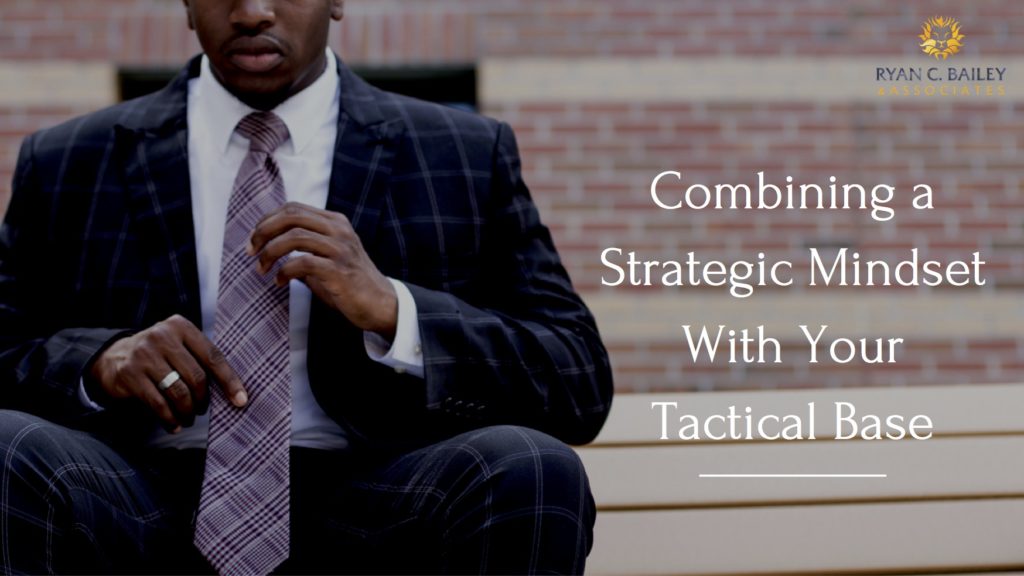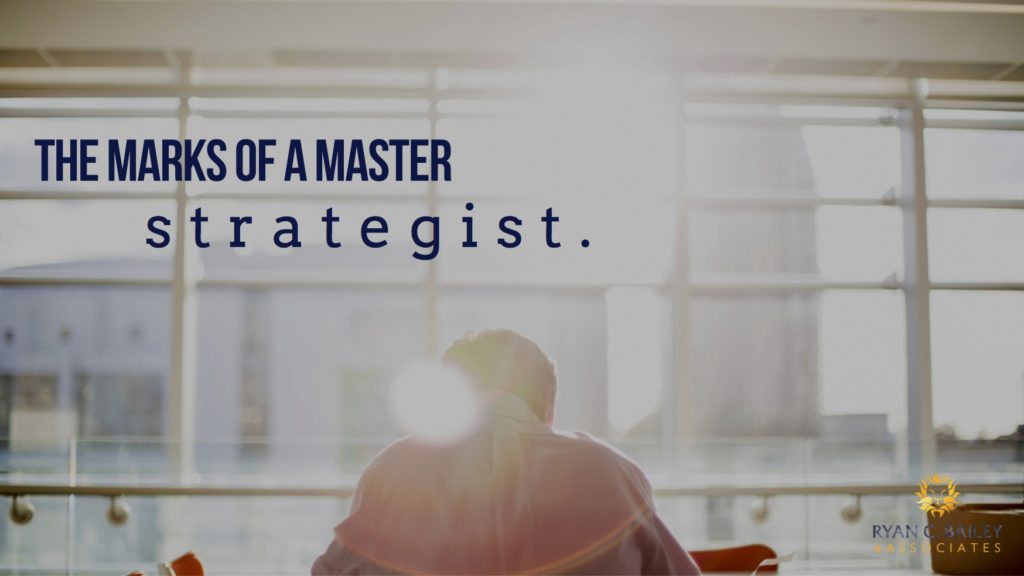You just got promoted, or maybe you just took a leadership position in a new company. Regardless, you will probably find yourself leading a pre-existing team. Team members know each other well, but you are the new one on the team.
Here are a few tips that clients have found to be universal principles of success for this scenario.
Building Rapport and Establishing Trust
1. Get to know your team well.
The faster you can build a connection with each member of the team, the more you will understand each other. You will build trust. You and your team members will discover how to leverage each other's strengths and contain one another's weaknesses. More than that, you will be building a foundation for bringing the team to the next level.
2. Learn who the influencers in the company are.
In whatever organization you are in, there are certain people who have tremendous influence. Many times it is the leaders, but often you may discover that there is an administrative assistant who seems to hold a lot of influence. Don't forget that each team has a member who is not the leader, but who wields a lot of sway over the others on the team. As early as you can, you want to be actively building relationships with those people. Influencers can help you bust through obstacles. They can catalyze other relationships for you. Influencers also help with that next promotion. But even more than that, they will help you master the role you are in. Get to know who they are and build relationships with them.
3. Go through Greg McKeown’s book, Essentialism, for yourself, your team, and if possible, with your boss.
One of the first things you will need to understand is what is the most important part of your role, your team’s role, and your boss’ role. This book will help you do just that. The more you, your team, and your boss are focused on the most important part of your roles, the more you all will move to the next level.
4. Find a base hit that is at the core of your role, your team’s role, or your boss’ role and fulfill it within 90 days.
Many start in a new role and just want to observe. Others start, but they want to make a big grand slam home run right away.
In most cases, I've discovered that the clients who deliver base hits are the ones who win over their stakeholders and fellow associates.
Look for something that’s important in your role, your team’s overall role, or your boss’ role, where a base hit can be created.
If you can consistently deliver base hits, you will achieve remarkable results for you and your team.
Be sure to have one completed within the first 90 days so that it influences the perception people have of you.
5. Observe, observe, observe.
You will probably need to become a student for awhile, learning from your team members, peers, and boss how to accomplish meaningful actions.
You need to get the lay of the land first. If you try to make big bold moves right away, you may not realize until it’s too late that the big bold move was a colossal mistake because it did not fit the way the team or department works.
People tend to struggle with change. They want to build trust with you before things become massively different. Give them a chance to do that, and you will see how much more buy-in you will get.
Congratulations on landing the new position. You have the competence to pull off what you were hired to do. Now it is time to apply some principles and emotional intelligence to build relationships and set a foundation for major impact.
Enjoy the ride.
Chew On This:
What can you do to know your team better?
Ryan C. Bailey is President and CEO of an organizational effectiveness company
*This blog is an amalgamation of a few different clients. No one single client is being singled out.









